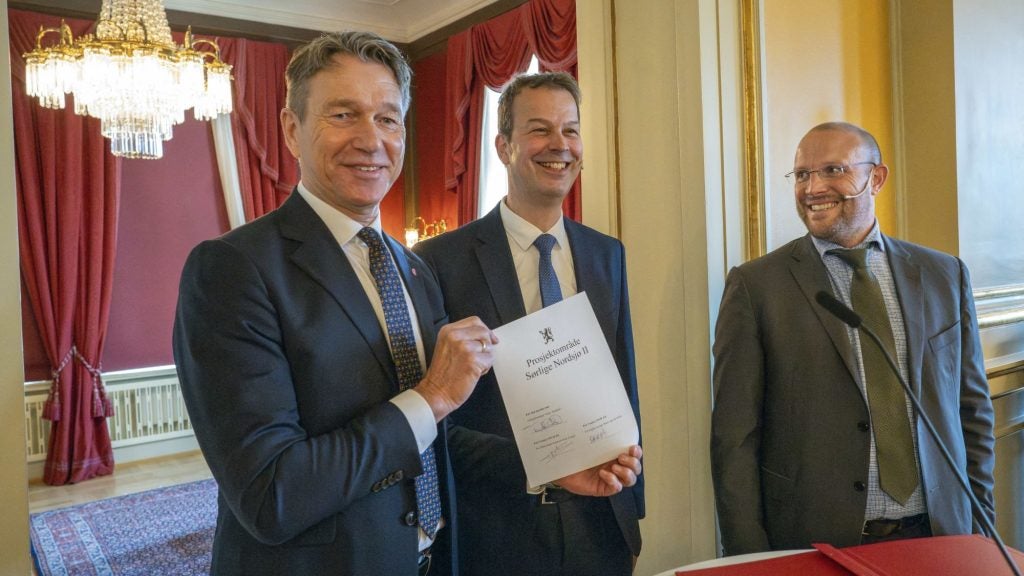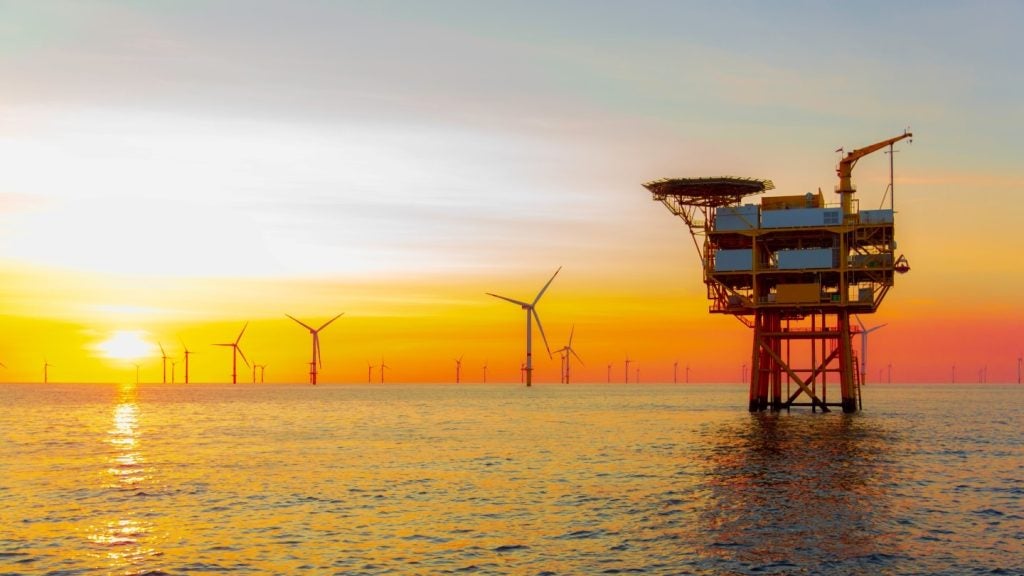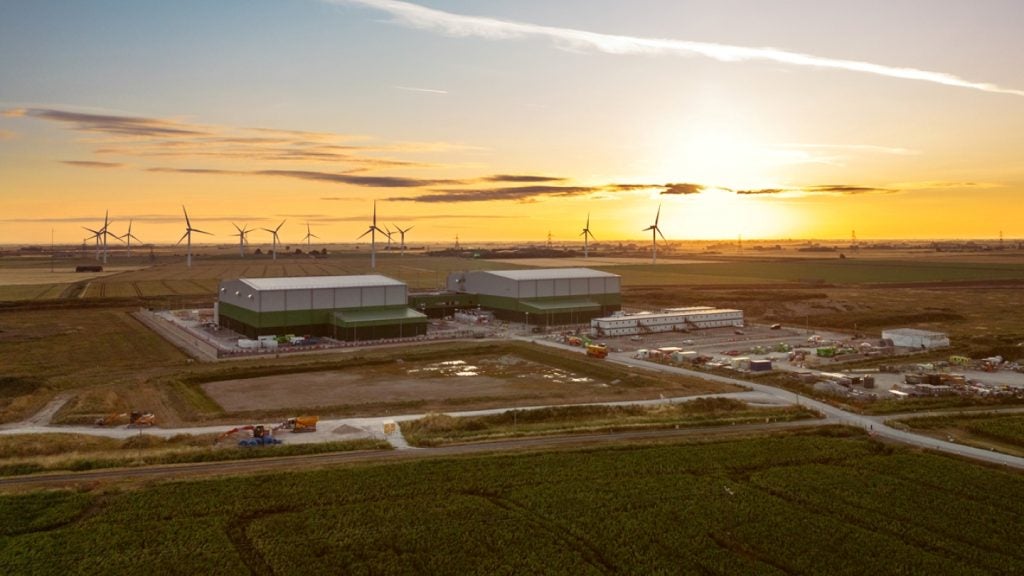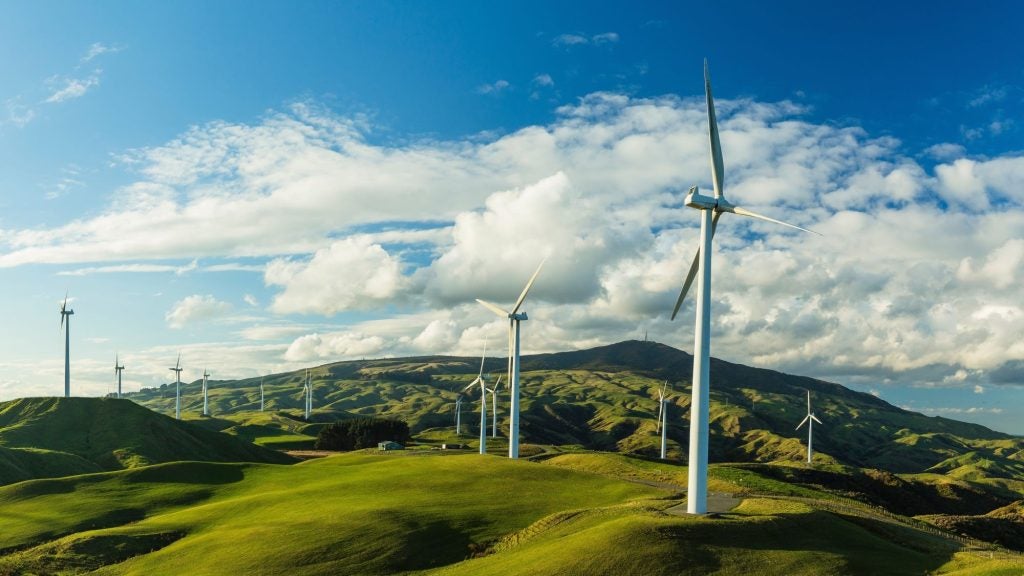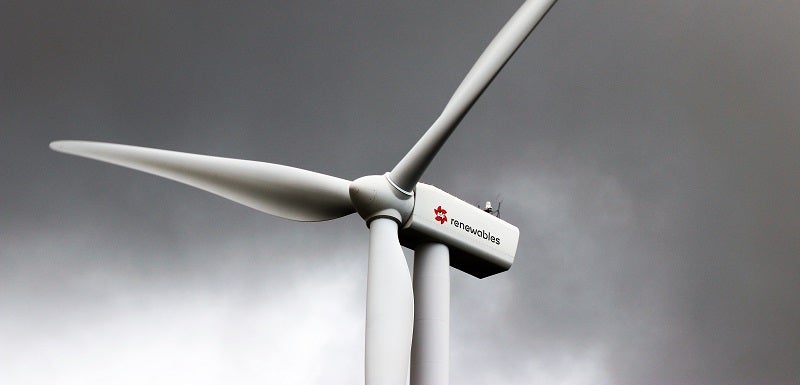
Manchester Metropolitan University has secured a grant of £124,000 from Supergen Offshore Renewable Energy (ORE) Hub for developing and testing computer models for stabilising and controlling the motions of wind turbines.
The one-year project will see the creation of computer models as well as testing of a 1:30 scale model of the turbine and pontoon in a wave tank at Ningbo University near Shanghai, China.
Through this initiative, the wave simulation specialists aim to make the installation of offshore wind turbines in deep water financially more feasible by exploring new methods to stabilise the floating pontoons on which the floating offshore wind turbines are placed.
Manchester Metropolitan University lead academic of the project Dr Ling Qian said: “The UK is a world leader in developing offshore renewable energy technologies and offshore wind turbines hold huge potential for future energy sustainability. At the moment most offshore wind turbines are fixed-bottom devices that are secured directly to the seabed and normally it is located not very far from the coastline.
“But if you’re close to the shoreline you get lots of people objecting to the construction of a wind farm. If you want to locate wind turbines far away from the shore at a water depth of more than 50m, a fixed-bottom turbine becomes a very expensive and challenging engineering project.
“So we need to develop a floating offshore wind turbine that works in water deeper than 50m, but that leaves the top-heavy turbines exposed to being buffeted by high winds and rough seas even if the buoyant support system is attached to mooring lines anchored to the seafloor.”
How well do you really know your competitors?
Access the most comprehensive Company Profiles on the market, powered by GlobalData. Save hours of research. Gain competitive edge.

Thank you!
Your download email will arrive shortly
Not ready to buy yet? Download a free sample
We are confident about the unique quality of our Company Profiles. However, we want you to make the most beneficial decision for your business, so we offer a free sample that you can download by submitting the below form
By GlobalDataBased on a code developed by Dr Qian and colleagues, the team will make use of the university’s computer cluster to execute a simulation of waves interacting with a platform based on an existing design for floating support structures.
Ensuring that the majority of the mast remains above the water surface, the design developed by the university team includes three connected columns that will be installed at a distance 50m from each other to create a triangle frame to install the turbine.
Dr Qian said that the computer simulation will use representative waves from the North Sea. The model will use two proposed stabilisation measures that include a tuned liquid damper, which is filled with water and sloshes when the platform moves, serving as a counterbalance and also absorbs the rotational movements.
As a second stabilisation measure, heave plates will be placed beneath the three columns to suppress the up and down motion.
Dr Qian added: “Under extreme wave conditions such as during storms, floating platforms will undergo large movements and sometimes this movement is dangerous and leads to system damages.
“Therefore, we need to make sure the device can survive such storms with large waves.”



